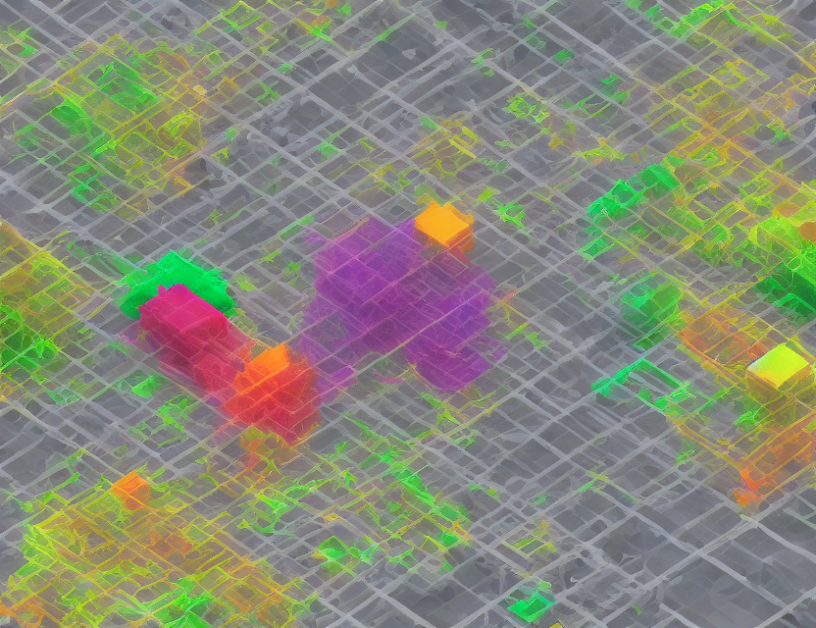Indexing is crucial for efficient query processing on massive data, including spatial and other low-dimensional data. Space-filling curves (SFCs) are a powerful indexing technique that can significantly improve query performance. However, modeling the cost of SFC-based indexes has been challenging due to their complex structure. This paper presents an efficient cost model for SFC-based indexes, which is essential for their widespread adoption.
SFCs and Their Cost Modeling
SFCs are curves that can fill a space without any gaps or overlaps. They have been widely used in various applications, including image processing, computer vision, and data storage. However, modeling the cost of SFC-based indexes has been challenging due to their complex structure. Traditional methods rely on heuristics or approximate algorithms, which can lead to suboptimal results.
The authors propose a new cost model based on the geometry of SFCs. They use the concept of "delta" (δ) to measure the complexity of each curve segment and estimate the overall cost of an index based on this measure. The proposed model is efficient, scalable, and can handle various types of data structures, including B-trees and linked lists.
Experiments and Results
The authors evaluate their cost model using several real-world datasets and compare it with existing methods. Their results show that the proposed model provides better accuracy and efficiency than other approaches. They also demonstrate how the model can be used to optimize SFC-based indexes for different query workloads.
Conclusion
In conclusion, this paper presents an efficient cost model for SFC-based indexes that can significantly improve their performance in massive data settings. The proposed model is based on the geometry of SFCs and provides a more accurate estimation of index cost than traditional methods. With this new cost model, SFC-based indexing can become a viable option for various applications, including spatial queries, data retrieval, and machine learning.



